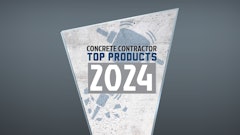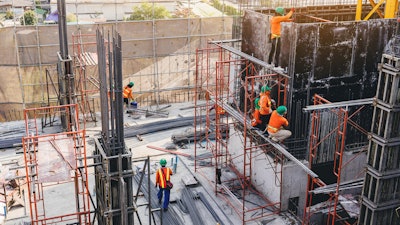
These are truly unprecedented times. Not only are interest rates on their way back up again (so says my mortgage bank), it seems the swollen price of everything else has put a bruise on the balance sheets of everyone's budgets. Material prices remain high despite lumber falling 23% in June. For context, according to an analysis of the U.S. Bureau of Labor Statistics Producer Price Index by the National Association of Home Builders, this volatility has "added $14,345 to the price of a new single-family home and $5,511 to the market value of an average new multifamily home."
That's just lumber. How much has the price of concrete and other materials affected the price of new construction?
According to the Associated Builders and Contractors analysis of the same data, non-residential construction input prices have increased by 1.8%. for June. This marks a 20% increase from a year ago. There's hope, albeit a little. ABC's Chief Economist Anirban Basu has come forward stating that this might be marking "peak inflation." “It’s no secret that contractors and their customers have been walloped by massive increases in construction materials prices," he says. "That inflation continued through June, as reflected in the decline in profit margin expectations seen in the most recent reading of ABC’s Construction Confidence Index. But more recently, key commodity prices have declined.”
I recently spoke with James Baty II, executive director of the Concrete Foundations Association. Despite this small step forward, he called this "the most challenging market since 2007." The combination of unit price issues, volume supply, and the threat of a recession may have softened, but unexpected impacts like the radical loss of labor in every market due to COVID have made the construction industry tough day in, and day out.
“[Concrete contractors] are constantly facing this issue of ramping up volume and price adjustments because the concrete industry was delayed in their price adjustments. Now they've been aggressively taking 4 and 5% increases consecutively over the last two quarters,” says Baty. Keeping up to date with price increases has been the crux of the issue. On one hand, bids out to customers 60 to 90 days in advance are based on outdated data, as material prices might have risen twice since. Not to mention the ever-fluctuating dollar-burning cost of fuel.
So, what are you supposed to do? Great question. I wish there was a single silver-bullet solution but there won't be. The only thing anyone can do is plan ahead and accomplish one thing at a time. It's more like a shotgun spread of ideas instead with each adding another element to the mix. (Oh, I'm mixing metaphors now.)
I've been told on multiple occasions that this industry has been tough to change. While true in some cases, I would actually argue against. It's slow because the solution needs to be right. In a short period of time, we've seen more attention towards more environmentally friendly products like PLCs, plant-based coatings, the embrace of battery-powered tools and equipment, and more. It's one thing at a time.
Stay safe.

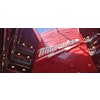


![Adobe Stock 350182902 1 6759c43d679ca[1]](https://img.forconstructionpros.com/files/base/acbm/fcp/image/2025/02/AdobeStock_350182902__1_.6759c43d679ca_1_.67b78c75671e9.png?auto=format%2Ccompress&fit=crop&h=100&q=70&w=100)

![Picture3 6037d62f93c60[1]](https://img.forconstructionpros.com/files/base/acbm/fcp/image/2021/03/Picture3.6037d62f93c60_1_.604a843867a8c.png?auto=format%2Ccompress&fit=crop&h=167&q=70&rect=40%2C39%2C523%2C294&w=250)

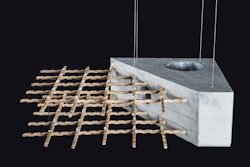
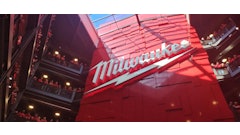

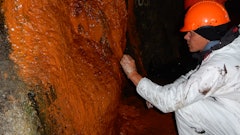
![Adobe Stock 350182902 1 6759c43d679ca[1]](https://img.forconstructionpros.com/files/base/acbm/fcp/image/2025/02/AdobeStock_350182902__1_.6759c43d679ca_1_.67b78c75671e9.png?ar=16%3A9&auto=format%2Ccompress&fit=crop&h=135&q=70&w=240)

